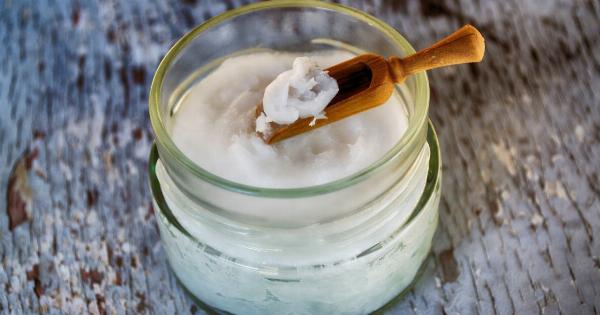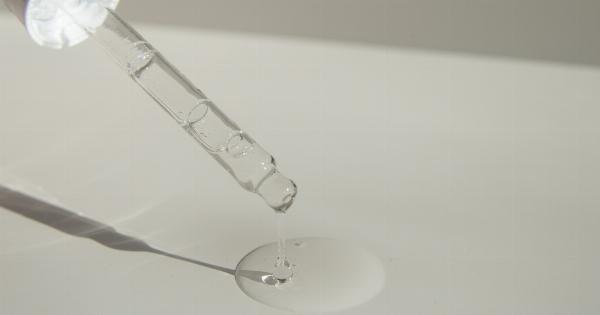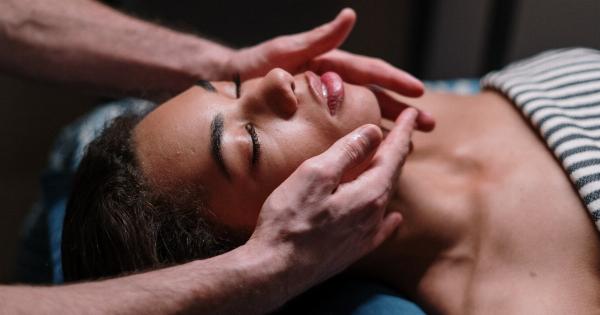Head lice are tiny insects that infest the scalp and attach themselves to hair follicles. They are common in children and usually spread through close contact with an infected person.
Conventional treatments for lice include medicated shampoos, combs, and other over-the-counter treatments. However, some lice have developed resistance to these treatments, making them harder to eliminate.
Understanding Lice Resistance
The ability of lice to resist traditional medications is a growing concern for parents, pediatricians, and school officials.
According to recent studies, up to 98 percent of head lice populations in the United States have developed resistance to common medications.
The resistance is believed to be caused by a genetic mutation in the lice. This mutation makes the lice immune to the effects of traditional medications. As a result, more potent medications are needed to effectively treat the infestation.
The Dangers of Lice Infestation
While lice infestations are not typically a serious medical condition, they can cause severe itching, irritation, and discomfort for the person who is infested.
Lice infestations can also spread quickly from one person to another, making them a significant public health concern.
For children who are infested with lice, the social stigma and embarrassment can be damaging to their self-esteem.
As a result, many schools and childcare facilities have strict lice policies that require children to be treated before returning to school or daycare.
New Treatments for Lice Resistance
In recent years, researchers have developed new treatments for lice resistance. These treatments include new pesticides, natural remedies, and mechanical removal techniques.
New pesticides, such as spinosad and benzyl alcohol, have been shown to be effective against lice that have developed resistance to traditional medications.
In addition, natural remedies like tea tree oil, coconut oil, and neem oil have been shown to be effective in killing lice and preventing reinfestation.
Mechanical removal techniques, such as the use of specialized lice combs or air-based treatments, have also been developed to help eliminate lice infestations.
These methods rely on physically removing the lice and eggs from the hair, rather than relying on medications.
Prevention and Treatment
The best way to prevent lice infestations is to avoid close contact with infected persons. Children should also avoid sharing hairbrushes, combs, hats, and other personal items that could spread lice infestations.
If a lice infestation does occur, there are several treatment options available. Parents and caregivers should consult with a pediatrician or licensed professional to determine the best treatment plan for their child.
Some of the most common treatments for lice infestations include:.
- Medicated shampoos and lotions
- Combing with a special lice comb
- Air-based treatments
- Natural remedies, such as tea tree oil and coconut oil
Conclusion
Lice infestations can be a frustrating and uncomfortable experience for both children and adults. While lice resistance to traditional medications is a growing concern, new treatments are available that can help eliminate these pesky insects.
Parents and caregivers should take steps to prevent lice infestations through careful hygiene practices and avoidance of close contact with infected persons.
If an infestation does occur, it is important to seek professional advice to determine the best treatment plan for the situation.





























